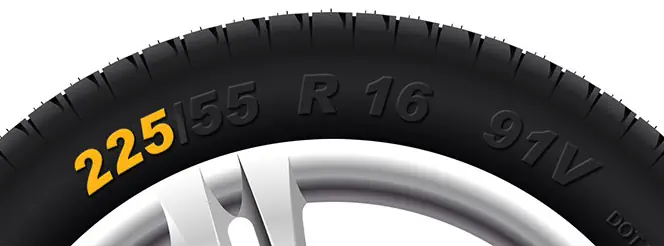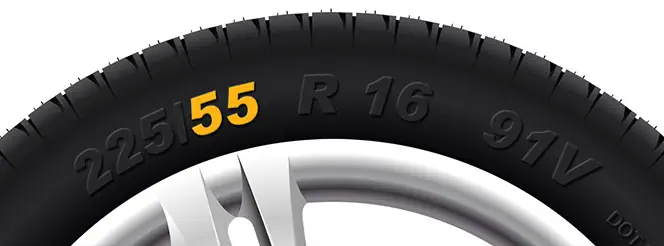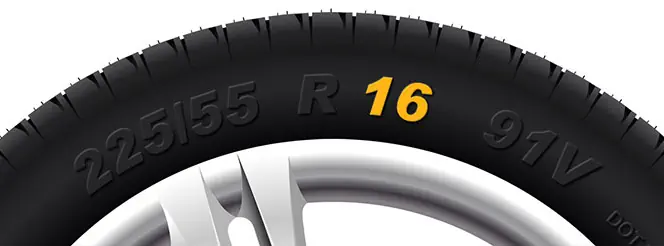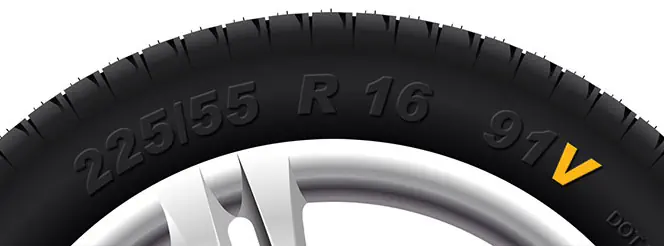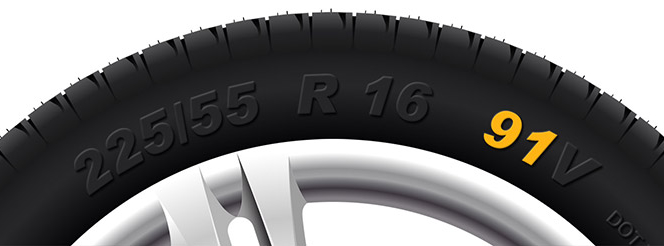How to Check Your Car's Service History
An 8-step to checking your new car's history

- Check the glovebox or paperwork for your carís service book, looking for stamped records.
- If youíre struggling, check the carís manual - service records might be inside it.
- Use online tools where possible. Some manufacturers, or newer vehicles, offer digital records via websites or apps.
- Contact the relevant garage if you know who wouldíve completed the servicing; they may hold electronic or paper service records.
- Contact main dealers: Brands like BMW or Volkswagen keep centralised service data.
- If youíre buying a car, ask the seller. Reputable sellers should provide the full service history, or advise on previous servicing.
- Refer to service invoices. Receipts can help reconstruct service history or give insight into previous issues.
- Use a professional check; services like HPI checks include service info, which can help make a decision around buying.
Having a full car service history can be beneficial for a number of reasons, from ensuring preventative maintenance is prioritised, to seeming appealing when it comes to selling your vehicle.
Nowadays, a lot of people are purchasing second-hand cars from online marketplaces, such as Facebook, particularly since the cost of living hit peopleís wallets, and car prices soared post-pandemic.
While people are holding onto their cars for longer, the need for more affordable car purchasing options is still present, which can lead to people engaging in private transactions with less security or less appealing elements. One of those elements often includes an incomplete service history.
We surveyed over 2,000 car owners, and almost 50 per cent of respondents stated they wouldnít be prepared to buy a car without a full service history. Of those who would, 20 per cent said they would only do so with a hefty discount. This means you could be left severely out of pocket if youíre selling your car.
If youíre planning on buying a used car, selling your own car, or simply want to find out more about the history of your vehicle, itís worth reviewing the service history. Letís talk about how.
How can I find the service history of my car?
Current owners
If youíve lost your service book or misplaced your paperwork, donít fret. Get in touch with your usual service centre, which should have a record of your vehicleís history - either in paper form or electronically. Provided you prove your identity and demonstrate youíre the owner of the vehicle, they should be able to issue you with any missing documentation from the point at which you became the vehicle owner.
For the avoidance of doubt, no information will be provided for any period prior to the date of your ownership.
Previous owners
There are restrictions around the information that the DVLA can release in regards to previous owners of a vehicle, depending on the circumstances in question. For more information, review the DVLAís guidance on getting information from its vehicle record.
If you purchased your vehicle from a dealership and are missing some of the vehicleís service history, they might be able to provide you with some additional information if the car was originally purchased from them.

What is full service history?
If youíve ever purchased a car, you may have heard of full service history, sometimes also written as FSH. A full service history shows that the car has been serviced either every year or every 12,000 miles. This service would either have been completed by the vehicle manufacturer or alternatively at an approved service centre. It will detail any work thatís been undertaken on the car, such as tyre changes, new brake fluid and replacement oil, or more serious repairs, such as a cambelt replacement.
What does full service history include?
As well as a completed service book showing the technicianís stamp after every service, a full service history should also include any invoices and paperwork issued by the service centre. In the event that a vehicle missed a service or stamp, or was taken to a non-approved service centre, then this would count as a partial service history.
A full service history is very desirable, as it shows that the car has been well looked after. If youíre purchasing a car, you should ask to see the service history to determine that the vehicle is in the condition that the seller states it is. If youíre selling a car, make sure that you have the service history available for the buyer in case they ask for it. You should be as open as possible with them about the history of the car.
If a car hasnít got a FSH, it doesnít necessarily mean that there will be anything wrong with it. It just means that you wonít know what work has previously been carried out.
How to check if the service history is legitimate
When purchasing a second-hand car, donít get caught out by a forged FSH. As sellers know, they can demand more money for a vehicle with a full service history, but this is a crime that has become more prevalent in recent years.
- For any vehicle aged three years or under, service records should be held on a central manufacturerís database. You can therefore always contact your vehicleís manufacturer to double-check its service history.
- Another check worth carrying out is to ensure that the repair centres listed in the stamp book are legitimate and that they do exist. You could even call them to verify that they worked on the car and that they completed the work listed in the book.
- Finally, itís always recommended to ask for proof of paperwork and any invoices and receipts to back up whatís been listed in the service book. This will show that the owner paid for the work that was carried out, and will tell you when it was done too.
Stay up to date with your car servicing
Rising living costs means more people are choosing to either not maintain their car as thoroughly as they had previously, or opt for cheaper, riskier second-hand purchases out of necessity.
In order to make servicing feel less overwhelming, we launched the Kwik Fit Club, providing tailored membership packages to manage your carís expenses. These packages include cover on wear and accidental damage,* premium tyres, and up to 8 alignment adjustments over the contract** among other optional extras, all in a predictable monthly fee.
If you check your service history and realise itís been a while, or youíve just purchased a car and want to give it some TLC, why not get peace of mind by having it serviced?
Book in for a service at your local Kwik Fit today. Find out whatís included and which servicing option would best suit your car, or get in touch with us and weíll set you up with one of our expert technicians for further advice.
*Subject to our fair use policy
**Subject to spec of vehicle


